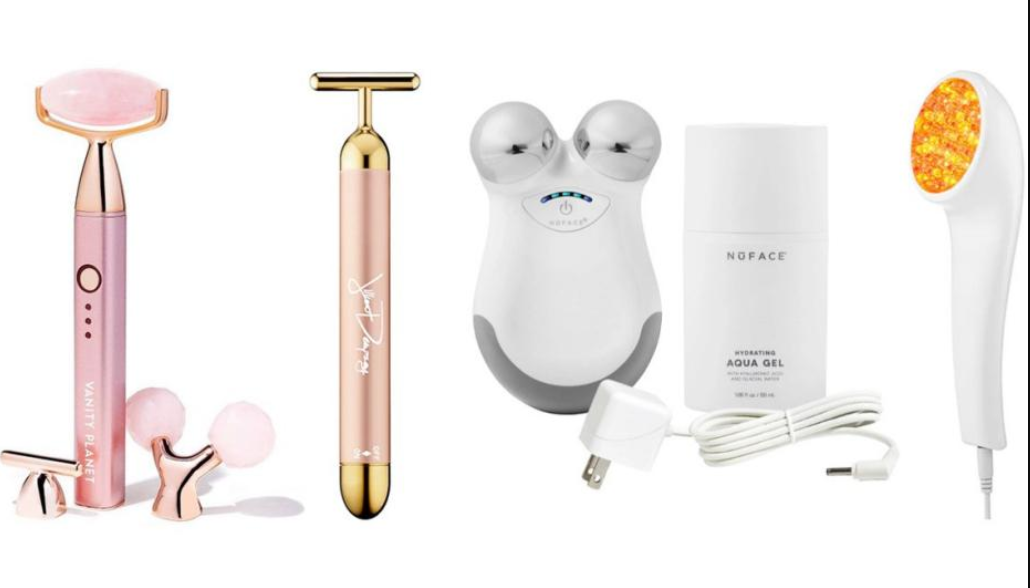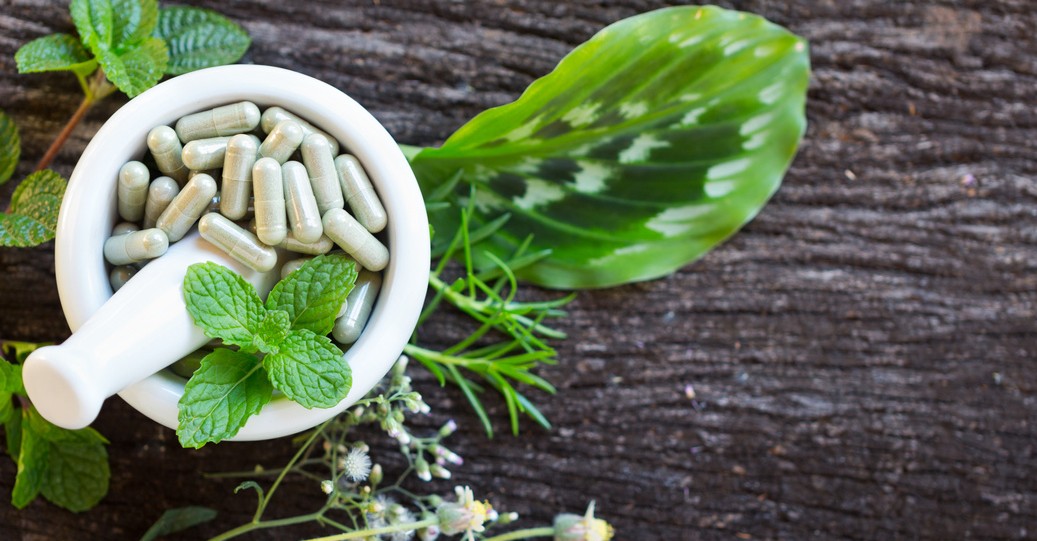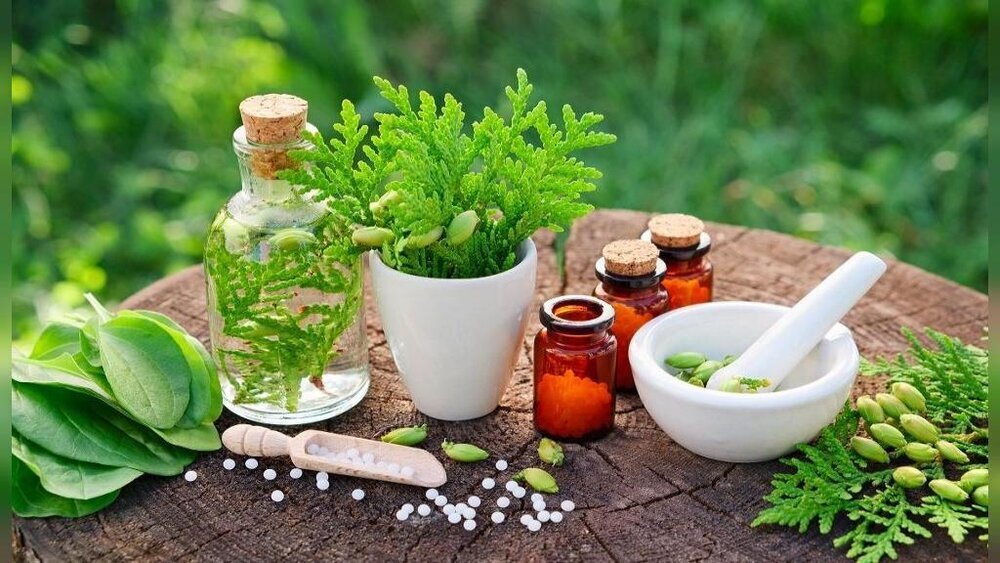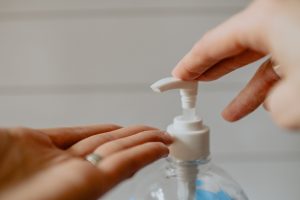The Pros and Cons of Using Beauty
Devices
The latest beauty devices are promising to revolutionize your complexion and
eliminate the need for a salon visit belega. But with a dizzying array of options out there,
it’s hard to know which ones actually work. To help you narrow down your selection,
we’ve rounded up the pros and cons of using each of these high-tech gadgets that
promise to lift, tone, and reduce fine lines in just a few short sessions.
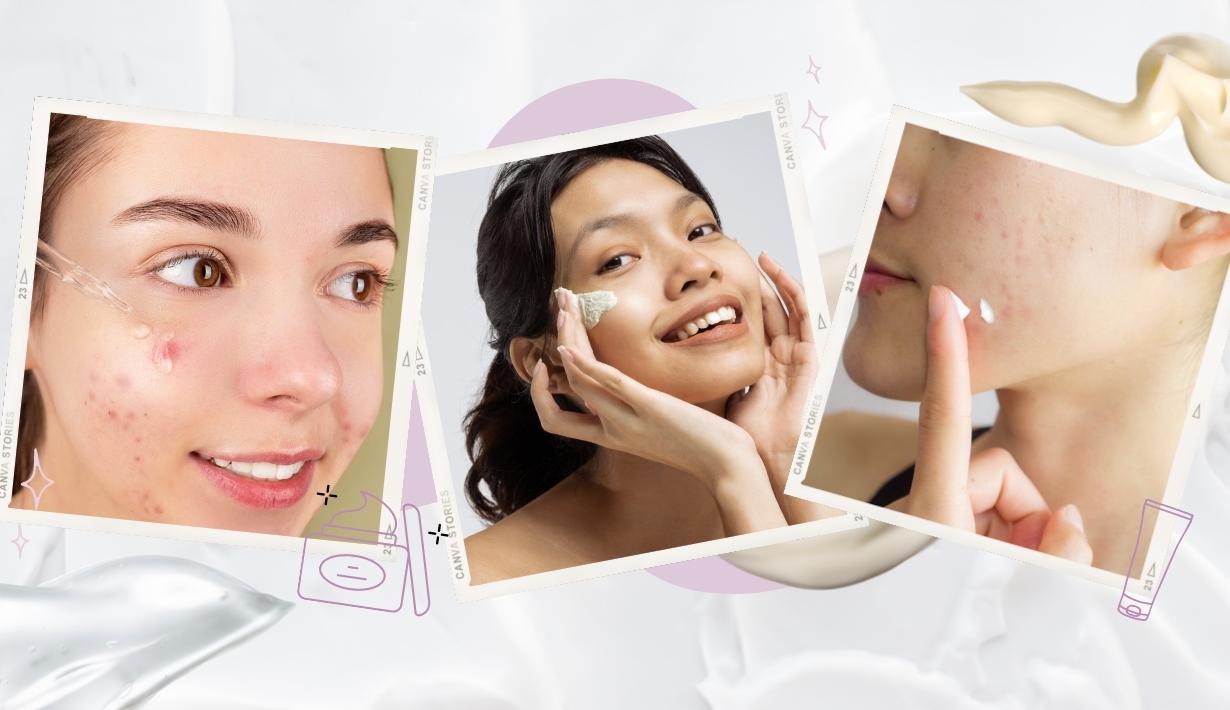
Pro: This at-home microcurrent device was designed by mother-daughter
microcurrent aestheticians Carol Cole and Tera Peterson to lift, firm, and tone the
neck and facial muscles, resulting in a more sculpted appearance. The device has
multiple settings, allowing you to gradually increase the intensity. It’s also portable
and easy to use, making it a great option for those who are looking for an alternative
to a hefty in-office treatment that may be too costly or time-consuming to afford on
a regular basis.
Con: The device can be a bit pricey, and it may take some time to notice results.
However, it’s worth noting that the results from this at-home device can be long-
lasting if used consistently and correctly. Before using the device, it’s important to
thoroughly cleanse your skin and to apply a conductive gel (we recommend Simon’s
Golden Gel, a mixture of 24-karat gold and synthetic cone snail venom). The latter
will help the electricity travel throughout the layers of your skin, giving you the most
dramatic results.
This small, pen-size, FDA-cleared beauty device uses bursts of microcurrent energy
to plump the skin and reduce the look of fine lines in just three minutes. It also
boosts collagen, stimulates lymphatic drainage, and helps to curb
hyperpigmentation and acne by killing the bacteria that cause them. The device is
especially helpful for those who want to minimize fine lines around the lips and eyes,
but it’s not as powerful as a larger professional microcurrent machine.
Pro: The wand’s argon gas-filled electrode generates oxygen when it touches the
skin, which kills off bacteria and prevents pimples. It’s particularly effective when
used in combination with a cleanser that contains salicylic acid, says Worden. The
wand also comes with different tips to target specific areas of the face.
Con: The wand can be difficult to get used to, and it’s not as effective as a regular
exfoliator when used on its own. It can also be uncomfortable, especially when it is
used on the nose and mouth.
This at-home LED light therapy device from Lightstim sends a low-level of red light
to the skin’s surface. It’s effective for those who struggle with mild to moderate
acne, as it can kill the P-acnes bacteria that cause it. The treatment is also said to
reduce inflammation and speed up healing. The wand is available in a variety of
colors, and Worden recommends pairing it with products that contain benzoyl
peroxide or vitamin A for even better results.…
